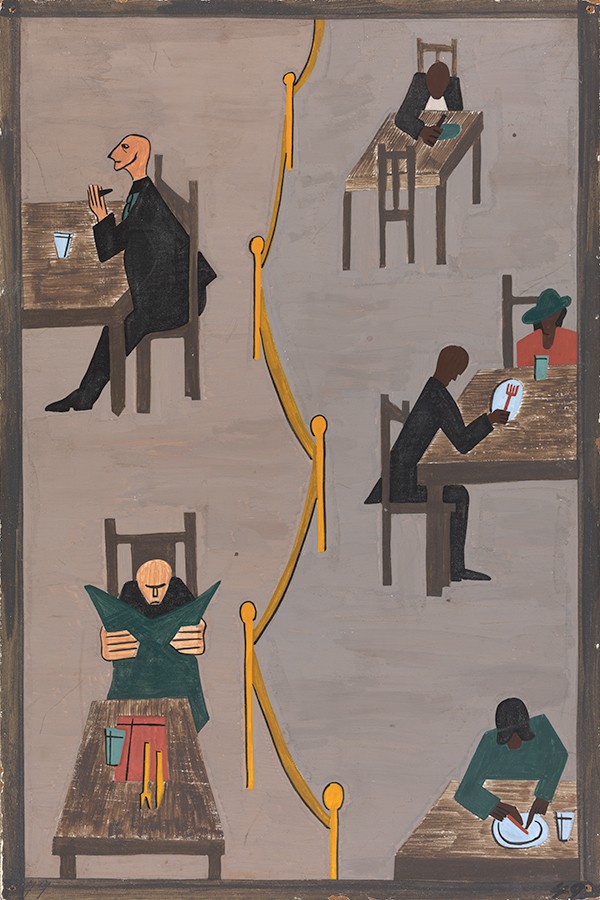Although racism didn’t just disappear after the Harlem Renaissance, something even more important occured: blacks gained the confidence to break through that barrier. They now had representation and identity in a world that saw them as unsophisticated people instead of intelligent and sensitive human beings. The painters and sculptors of the Harlem Renaissance were able to chisel away at the barrier of white dominance in the arts by portraying African-American life accurately in their pieces, showing the nation their pride in their heritage.
The legacy of the Harlem Renaissance continues to live on in today's arts community. Contemporary artists such as Kara Walker and Kerry James Marshall employ techniques largely associated with the movement, such as silhouetting, in many of their works today.


